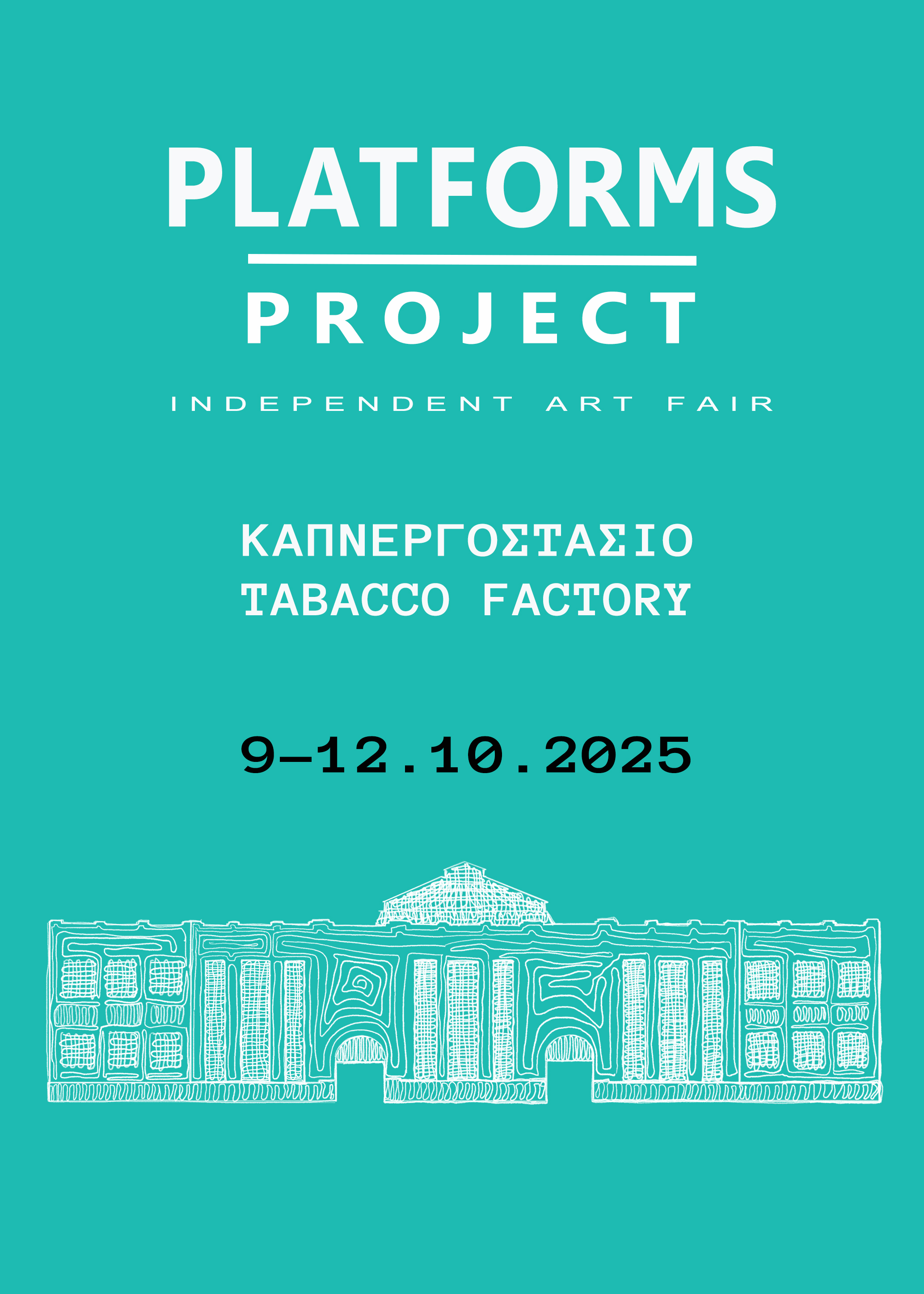Text by Kiriakos Spirou
Photos by Stathis Mamalakis
All images courtesy of CAN Christina Androulidaki Gallery, Athens, and the artist.
In the Byzantine tradition of the Eastern Mediterranean, we encounter the highly poetic concept of acheiropoieta — artefacts not made by human hand. In Cyprus, where I grew up, there’s a church called indeed Acheropoietos, which means 'made by no hand’. As its name suggests, it was believed to have been built by angels.
I was always fascinated by things that make themselves. Generative processes, self-organised systems, automata, and the like have always piqued my interest. Over time, I came to realise that artists deploy machines not because they're swept up by Benjamin's Angel of History, but because they constantly need to invent new ways of gaining distance from their work. Adding a layer of automation, technology, or machine assistance to one's creative process can make handling the material less personal and fragile — or arguably, makes the poking of fragile things possible to begin with.
Manolis D. Lemos’s involvement with artificial intelligence began well before the current ubiquitousness of software like ChatGPT and DALL-E. In his 2019 solo exhibition entitled Feelings, Lemos collaborated with Constantinos Daskalakis, an MIT professor and a member of the MIT Computer Science and Artificial Intelligence Laboratory, to generate drawings via neural networks trained by the artist with his own hand-drawn sketches. His latest solo show, which also happens to inaugurate the new space of CAN Gallery in Athens, continues his exploration of machine learning and AI-assisted processes, this time going further afield into image and text generation. The large canvases on the gallery walls belong to two separate but related bodies of work — both created with a cyclical process of training AI software, prompting it to generate images and text, then editing the results.

The current novelty and popularity of AI technology notwithstanding, automated, mechanised, or otherwise mediated processes are not new in the history of western art. The Surrealists famously aspired to make art “like a machine”, training themselves in automated (i.e. unconscious) processes and deliberately trying to bypass the artist’s personal involvement in the work. In a similar vein, John Cage loved leaving things to chance, delegating creative decision-making to throwing dice and I-Ching table calculations. A pioneer of computer music, Iannis Xenakis developed (or should we say ‘trained’) his personal musical idiom by making music out of mathematical data. By embracing automation, these artists sought to expand their own capabilities and become more machine-like, only to prove the sheer potential of their humanity. This is probably the point that tech companies and the general public have gotten wrong about AI-generated art, in the sense that today we expect (and draw pleasure from) having machines make our art for us. For me, that’s probably a degree of detachment too much.
In Psalmika, Lemos leans more towards the former approach. He’s not seeking to demonstrate a technological gimmick by having machines make the art for him. Rather, he brings the machine element into his process as a way to randomize, diversify, and eventually elevate the work. The fact that the works at the exhibition spring from deeply personal and emotional places (like poems, photographs important in the artist’s personal history, and dreams) intensifies the expressive paradox created in the gallery space, where architectural elements, fragmentation, and an overall sense of calculated apathy takes hold of the viewer.
Luckily, the soft origins of the works allow for their sensitivity to break through their robotic manipulation: the richness of earthy Byzantine temperas, fiery Pompeii-like frescoes and enraptured Renaissance angels still reach us through the layers of their digital transfiguration, warming and reassuring. The artist’s own hand is still reassuringly present in the brushstrokes covering the UV-printed fabrics and the doodles on austere, marble dust-primed canvases. All this comes to affirm that the struggle is too real: at a time of extreme psychological friction and fatigue, having one's feelings implied and set behind an emotional glass, not to be touched by bare hand, is becoming increasingly relatable.
















